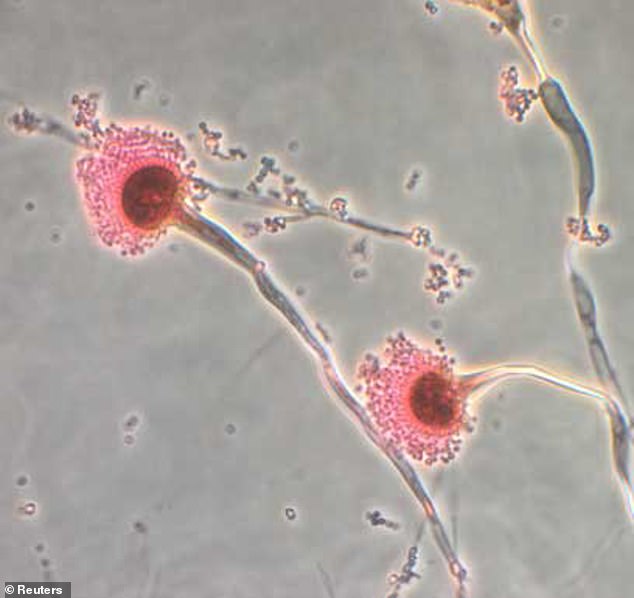
Deadly Internal-Eroding Fungus Spreads Across US, Threatening Hundreds of Thousands of Lives
Deadly Fungus Invades U.S., Fueled by Climate Change and Drug Resistance
A lethal fungus, Aspergillus fumigatus, capable of causing fatal infections, is spreading rapidly across the U.S. Experts warn rising temperatures and drug resistance could worsen the threat. The airborne fungus releases microscopic spores that are inhaled, leading to lung infections called aspergillosis. In vulnerable individuals, the infection can rot tissue and spread to organs, resulting in organ failure or death.
High-Risk Groups and Hotspots
People with weakened immune systems—including cancer, HIV, or asthma patients—are most at risk. Over 400,000 people globally develop chronic pulmonary aspergillosis annually, while invasive aspergillosis claims up to 75% of stem cell transplant patients. Major hotspots in the U.S. include Florida, Texas, Louisiana, Georgia, and California due to warm, humid climates and agriculture. Urban areas like New York, Houston, and Los Angeles face added risks from dense populations and aging buildings.
[Image: Microscopic view of Aspergillus spores with caption: Aspergillus fumigatus spores, invisible when inhaled, can trigger life-threatening infections in vulnerable individuals.]
Hidden Threat and Rising Cases
Aspergillosis remains underreported since U.S. health agencies don’t track infections or deaths. Hospitalizations for invasive cases rose 3% annually from 2000–2013, costing $1.2 billion by 2014. Autopsies rank it among the top ICU infections causing death. The World Health Organization (WHO) labels it a “critical priority” due to high mortality and drug resistance.
Climate Change Accelerates Spread
The fungus thrives in warm, damp environments, even surviving extreme heat in compost. Climate change could expand its U.S. range by 75% by 2100 under current emission trends, according to a University of Manchester study. Higher temperatures also help the fungus adapt to survive inside the human body.
Agricultural Practices Fuel Drug Resistance
Azole antifungals, critical for treating infections, are widely used in farming to protect crops. Overuse has led to drug-resistant strains found in farm soil across seven states. Resistant infections reduce treatment success, with studies showing deadly overlaps between environmental and clinical fungal strains.
[Image: Soil sample in a lab with caption: Azole-resistant Aspergillus strains have been detected in U.S. farmlands, threatening treatment efficacy.]
Urgent Calls for Action
The WHO urges increased funding for antifungal research, faster diagnostics, and healthcare worker training. Drug companies are pressed to prioritize new treatments and include children in trials. “These infections are real, and we’re not ready,” warns Dr. Vyas of Columbia University.
Protection Measures
Doctors advise high-risk individuals to avoid soil, wear masks in dusty areas, and ensure clean indoor air. Hospitals are enhancing mold inspections and antifungal protocols. Public awareness and climate action remain key to curbing the looming crisis.
“We’re talking about hundreds of thousands of lives,” says researcher Norman van Rhijn. As temperatures rise, this hidden killer’s reach may redefine health threats in the decades ahead.


